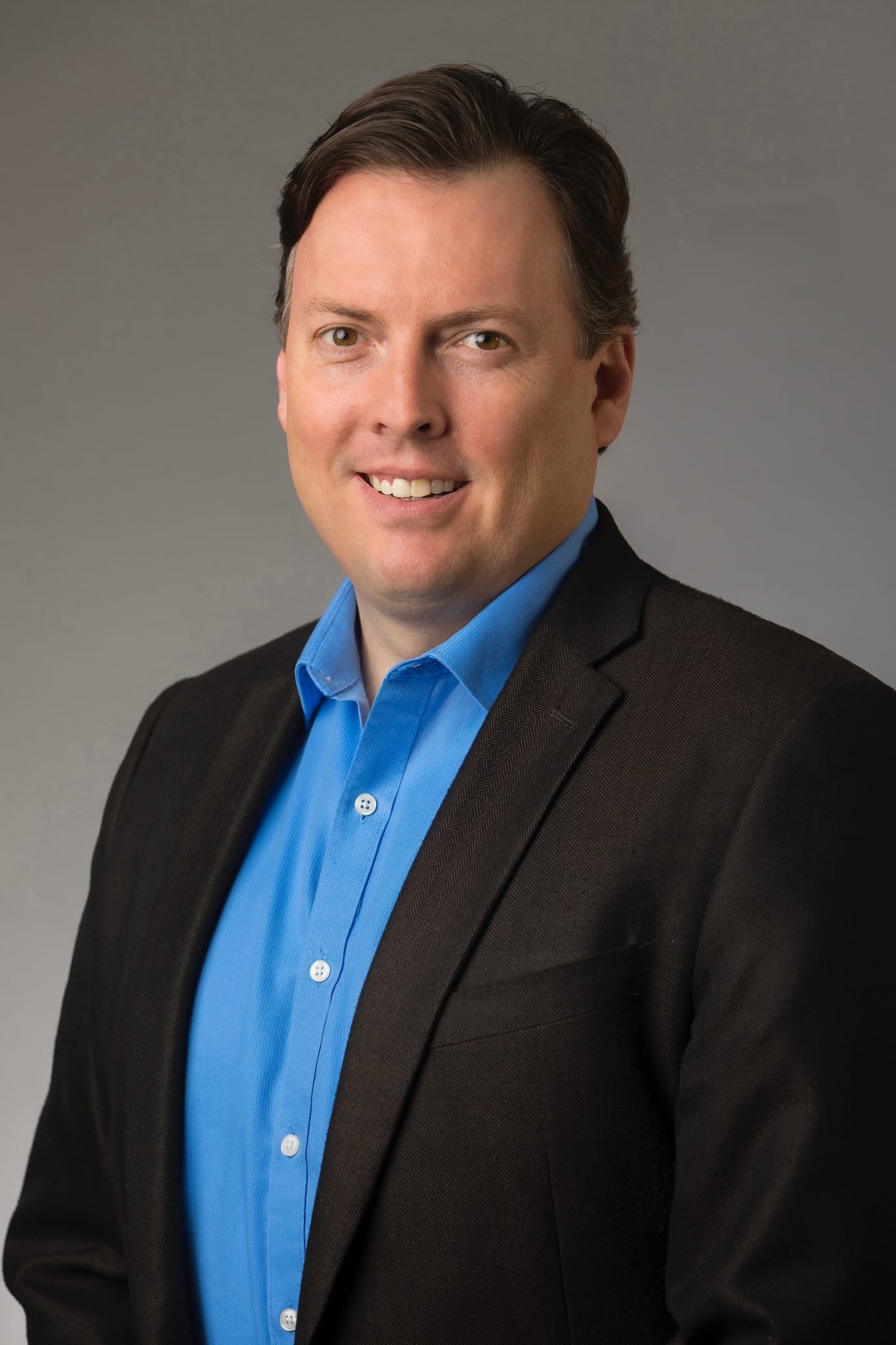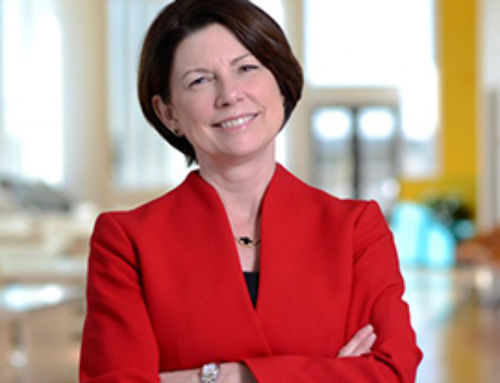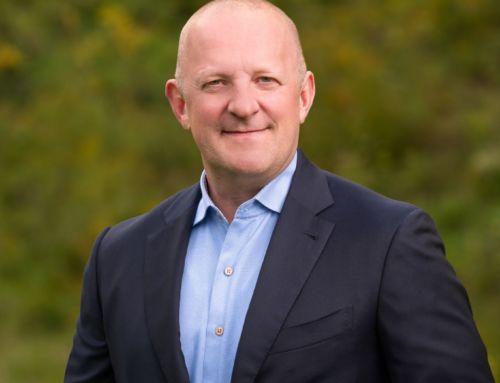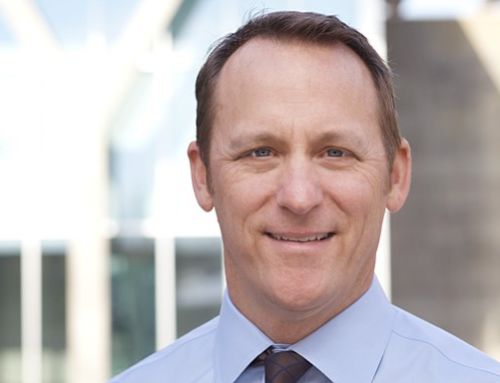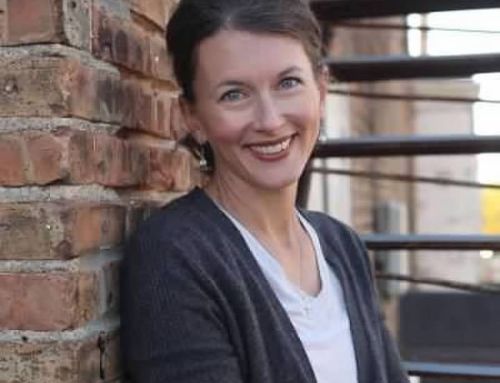Earlier this year, we gathered several Halftime couples who give strategically and significantly and encouraged them to share with each other their best practices, challenges, etc. As is usual when I gather with folks of this caliber I learned WAY more than I expected. Each of these five topics yielded enough for a chapter in a book on philanthropy, but here are the highlights:
1) KNOW YOUR PHILANTHROPIC MISSION — A mission statement is as important to philanthropic success as it is to business or personal success. Whether your annual giving plan is a million dollars or a thousand dollars, without a clearly articulated philanthropic mission statement it’s hard to achieve focus and leverage in your giving.
2) BE PREPARED TO WORK — Effective strategic philanthropy is hard work. The majority of attendees at our Philanthropy Summit indicated that they feel like they are falling behind on their giving plans. Not due to capacity – they’ve already placed the money in irrevocable instruments. Instead it’s because they are discovering that finding and qualifying leveraged opportunities to give requires significant time and effort.
3) ENGAGE YOUR FAMILY — Involving your spouse and children in developing and executing your philanthropic mission is critical to sustainability and success. Even if your financial capacity came from your professional success or family heritage, philanthropy can provide an opportunity to work as a couple or a family to achieve shared goals and shared joy. Some families allocate a certain amount or percentage of their philanthropic giving for each kid to give for the year with the proviso that they report back at the end of the year with a story of life change or impact. One family we know assigns the “giving relationship” with each entity they fund to a different member of the family who tracks the giving and impact and builds the relationship with the organization while also assessing results. One great idea from one of our attendee families was to align giving and involvement with the unique skills, abilities, and interests of their kids to promote more direct involvement in the mission.
4) BE PATIENT WITH NON–PROFIT ORGANIZATIONS – Even though it may feel like it, most organizations are NOT only interested in your money. It is true, however, that most non-profits find it really difficult to engage high capacity investors for greater involvement since most investors aren’t looking for a full time job in a non-profit. We are observing that one effective pattern is for high capacity people to build a deep relationship with one ministry leader in an area of interest and engage with that person by helping them solve a problem with your time and talent BEFORE even making a significant financial investment. Through that relationship and the wider perspective it opens on a particular mission impact challenge, you will begin to see strategic opportunities for financial investment to yield specific measurable results. There is a huge “culture gap” between the marketplace and mission and ministry opportunities. If you’re interested in more information on the culture gap, we’ve got a great article on that topic.
5) FIND JOY IN GIVING – In addition to the impact on important issues, the purpose of philanthropy is to bring joy to the giver. Not just a sense of duty done or responsibility fulfilled (although both of those are important), but a real joy. Some of our participants find great joy in visiting the areas where their investment is changing lives, learning and sharing stories with family and friends of the impact their investment is making, focusing on and tracking the real results of their investment, and cultivating a knowledge and awareness of the human suffering or other needs that would not be met without their investment. If your philanthropic efforts aren’t bringing you a deep sense of fulfillment and joy, go back to step one and take a good long look at your philanthropic mission statement and look for ways to personally engage with the results of your investment.
